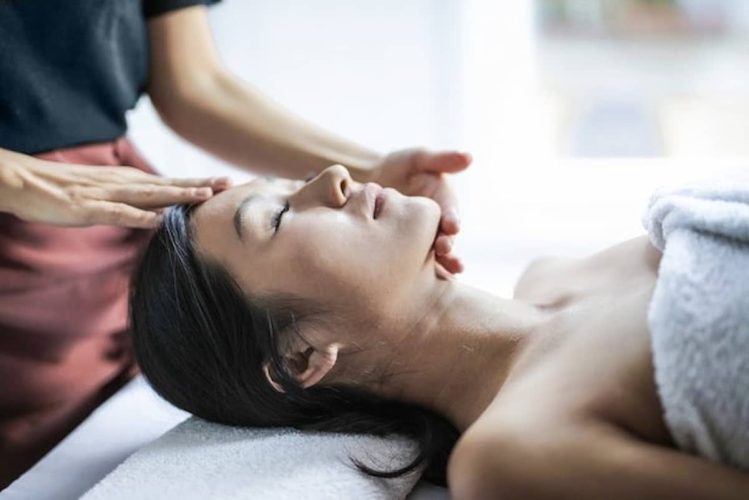If your back or neck hurts, if you are depressed, or if you just want to get well, shiatsu may be of interest to you. But what does this supplemental health treatment offer, and how does it work?
Although traditional medicine and alternative therapies do not seem to agree on how to treat human health, their combination can be really beneficial. Sometimes the results are so spectacular that alternative approaches are embraced by the classical scientific community as complementary therapies. Shiatsu is one of them.
According to the provisions of the European Union, shiatsu belongs to the supplementary health treatments. This means that it does not replace medical care, but at the same time it can contribute to the quality of life and the prevention of health problems.
Shiatsu was developed in the early 20th century by the Japanese Tamai Tempaku. Tempaku incorporated knowledge of anatomy and physiology into traditional Chinese healing methods and composed a kind of massage. Shiatsu means “pressure with the fingers” in Japanese. But it is much more.
What is the philosophy of shiatsu?
Shiatsu shares the same theoretical background as acupuncture. It treats the patient as a whole and does not separate body, mind and emotion. A body that hurts is a soul that hurts. It is an emotion that has not been resolved. It is a way of thinking that makes the mind uncomfortable.
The experience of pain is multidimensional and multifactorial. Shiatsu promises through touch to restore the smooth flow of energy in the body and lead to its self-healing. Whoever does shiatsu gradually achieves better and better communication with their body through the process, and therefore greater awareness of themselves as a whole.
How does it work?
In a similar logic to acupuncture, the shiatsu practitioner applies pressure to various parts of the body, including the head, thighs, abdomen, toes, etc., for a few seconds. These points are believed to belong to key channels called “meridians” that are energetically connected to the various organs of the body.
In traditional oriental medicine, the disease comes from blocking the energy inside the body. By pressing these points, according to the shiatsu technique, the free flow of energy is facilitated and we approach an overall state of health. Touch, among other things, activates the parasympathetic nervous system to suppress stress and allows the body to heal itself.
What happens in a shiatsu session?
At the beginning of the first meeting, the specialist will ask the person concerned and will keep written notes about their state of health, about their habits and lifestyle, about health problems that concern them. Shiatsu is traditionally applied in a special mattress on the floor. Throughout the session you remain dressed in comfortable cotton clothes, lying on your back, front, side or sitting.
During the session, gentle pressures are applied with the fingers and the palm, mobilizing the joints and stretching all over the body. Each session lasts about 1 hour. There is no set number of sessions that one must do to see results. But repetition is important. You are more likely to see the benefits sooner if you maintain a “rhythm” of visits, for example once a week for a few months.
Where does it work?
Shiatsu has been reported to help, among others in:
- Musculoskeletal pain
- Headaches and migraines
- Menstrual cramps, premenstrual syndrome, polycystic ovaries, infertility
- Fatigue and lethargy
- Hypertension, insomnia
- Respiratory, skin and allergic problems
- Improving fitness
- Support during pregnancy
- Depression and anxiety
In very serious diseases it can significantly improve the quality of life and alleviate symptoms such as pain, insomnia, constipation, etc.
Like all supplementary health practices, it is not a substitute for medical care. However, it can work in parallel with it, improving the general physical condition and preventing future problems.
What does science say?
Scientific research on the effectiveness of shiatsu is quite limited, but there is significant evidence that it may offer the above benefits. In a study published in the journal Manual Therapy in 2015, shiatsu was found to reduce pain intensity and improve quality of life in patients with fibromyalgia.
It is no coincidence that in many western hospitals it is now used as supplementary therapy.

